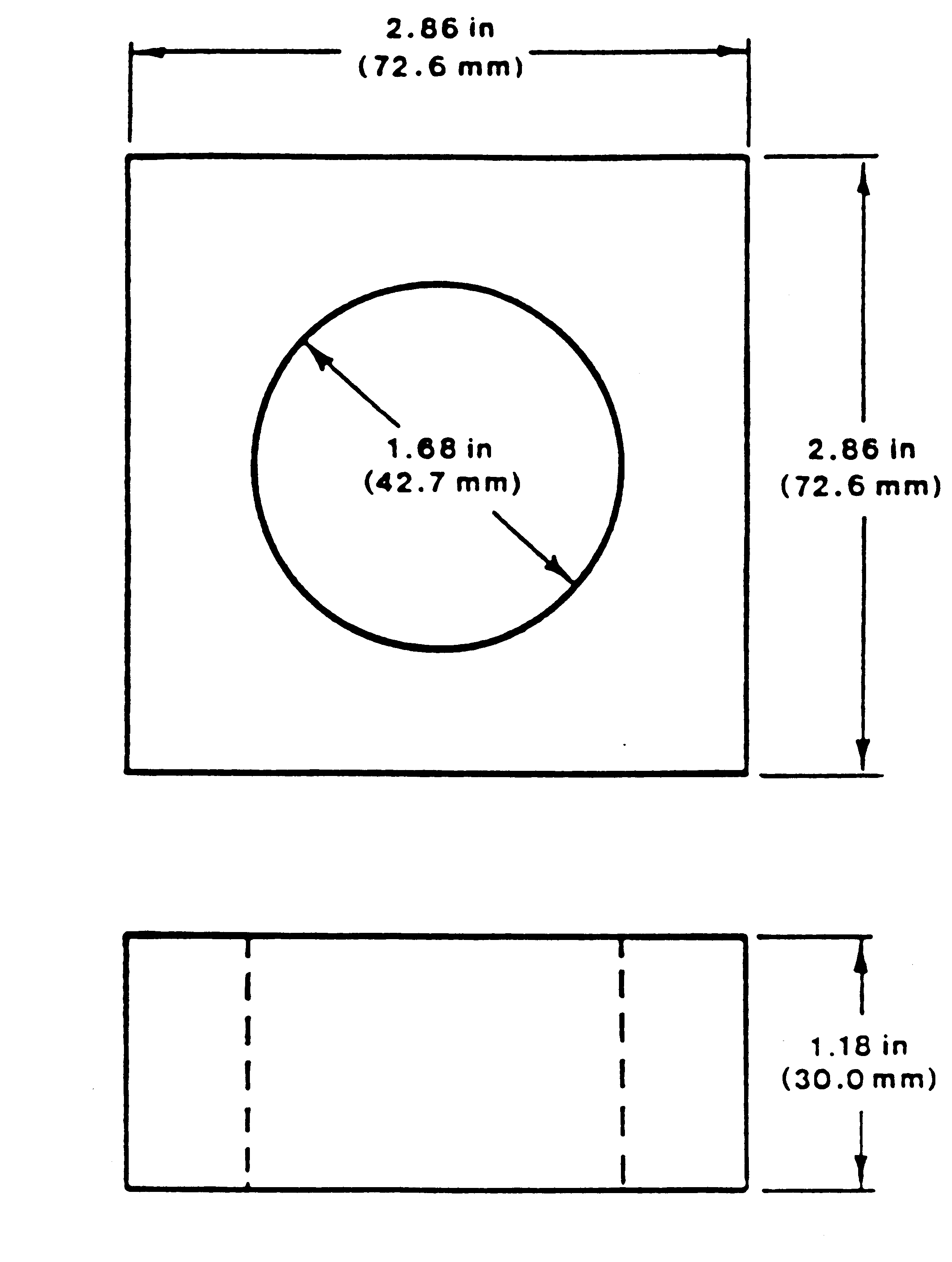Rattles
Federal law requires that rattles comply with the rattle regulation and with additional requirements, including those of the Consumer Product Safety Improvement Act of 2008 (CPSIA).
Manufacturers and importers of rattles must certify in a Children's Product Certificate that the rattles comply with the rattle regulation and the additional requirements after the rattles have been tested for compliance at a CPSC-accepted, third party laboratory. These requirements are discussed below at www.cpsc.gov/BusinessEducation.
A rattle is an infant toy that is:
- intended to be handheld,
- usually contains pellets or other small objects, and
- makes noise when shaken.
Not all products that make noises similar to those made by rattles are rattles. Products like dolls, stuffed toys, crib mobiles and exercisers, plastic keys on chains, games and puzzles, and musical instruments, such as tambourines and maracas, are not rattles.
The rattle regulation aims to prevent infants from choking or suffocating on rattles. The rule requires that
- a rattle stay in one piece after certain tests, and
- a rattle be designed and constructed so that it cannot enter an infant's mouth and block his or her throat.
The regulation is published in the Code of Federation Regulations at 16 CFR Part 1510.
Place the rattle in the opening in the test fixture (in the position that makes the rattle most likely to go through the opening.) If any part of the rattle goes all the way through the opening without being pushed or pulled, the rattle fails.
Figure 1 - Rattle Test Fixture Repeat this test after you perform impact, torque, tension and compression testing (see 16 CFR §1500.51). These tests simulate the forces that a rattle may experience during normal use and abuse by children 0-18 months of age. If the rattle or any piece that comes off after this testing fits through the opening, the rattle fails. |
Yes. Rattles may not have sharp points or edges. (See 16 CFR §1500.48 and 16 CFR §1500.49. Third party testing is not required for these requirements.)
Rattles are subject to surface coating requirements, lead and phthalate content limits, requirements under the mandatory toy standard (ASTM F963), testing and certification, and tracking label requirements. These requirements are discussed below and at www.cpsc.gov/BusinessEducation:
Figure 2 - Rattle Supplemental Test Fixture
|


